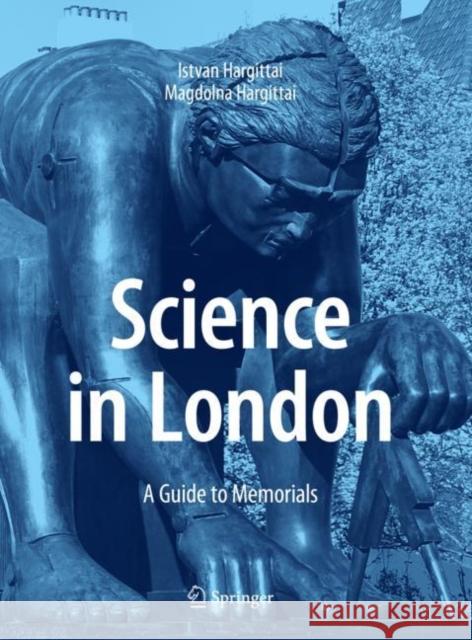Science in London: A Guide to Memorials » książka
topmenu
Science in London: A Guide to Memorials
ISBN-13: 9783030623326 / Angielski / Twarda / 2021 / 281 str.
Science in London: A Guide to Memorials
ISBN-13: 9783030623326 / Angielski / Twarda / 2021 / 281 str.
cena 214,97 zł
(netto: 204,73 VAT: 5%)
Najniższa cena z 30 dni: 212,02 zł
(netto: 204,73 VAT: 5%)
Najniższa cena z 30 dni: 212,02 zł
Termin realizacji zamówienia:
ok. 20 dni roboczych.
ok. 20 dni roboczych.
Darmowa dostawa!











